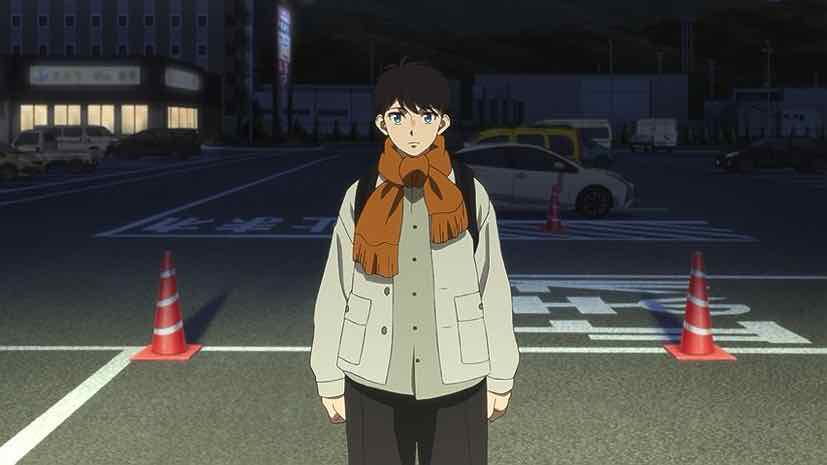 That was pretty special. I hope I don’t have to convince anyone of that, but I’m certainly not going to try. There’d be no point – it’s not as though the case could be made any better than it already has been. As this episode wound down I kept thinking of Gegege no Kitarou 2018’s Episode 20, “Memories of the Y?ka” (the war one). That was a masterpiece, and so was this, for some of the same reasons.
That was pretty special. I hope I don’t have to convince anyone of that, but I’m certainly not going to try. There’d be no point – it’s not as though the case could be made any better than it already has been. As this episode wound down I kept thinking of Gegege no Kitarou 2018’s Episode 20, “Memories of the Y?ka” (the war one). That was a masterpiece, and so was this, for some of the same reasons.
 That’s not to say I’m not going to talk about how great it was, because I am. First of all the direction was really spectacular – Aoki Ei is the big name series director, but people like storyboarder Katou Tomoyoshi and Animation Director Matsumoto Masao have their stamp all over this ep. The way Kouya and Haruka were framed in their scenes together was stunning in itself, and when the ante was raised with those moments from the tragedy (based on NHK footage of that day) were brought in. Also, Utatane Kana’s soundtrack this week was a huge part of the episode’s success. It all just worked.
That’s not to say I’m not going to talk about how great it was, because I am. First of all the direction was really spectacular – Aoki Ei is the big name series director, but people like storyboarder Katou Tomoyoshi and Animation Director Matsumoto Masao have their stamp all over this ep. The way Kouya and Haruka were framed in their scenes together was stunning in itself, and when the ante was raised with those moments from the tragedy (based on NHK footage of that day) were brought in. Also, Utatane Kana’s soundtrack this week was a huge part of the episode’s success. It all just worked.
 This year is the 100th anniversary of the Great Kanto Earthquake, and that was on my mind too for a number of reasons. In the century since that catastrophe changed Japan forever, I think the country has had three events which most scarred it emotionally – World War II, the Sarin gas attacks, and 3/11. What GGGnK did in its anti-war episode was take a traumatic time in Japanese history and treat it with respect, restraint, and insight. That was an inherently more political act than this (you can read my post if you want more detail on that). But they have much in common, as Overtake has displayed exactly the same traits here.
This year is the 100th anniversary of the Great Kanto Earthquake, and that was on my mind too for a number of reasons. In the century since that catastrophe changed Japan forever, I think the country has had three events which most scarred it emotionally – World War II, the Sarin gas attacks, and 3/11. What GGGnK did in its anti-war episode was take a traumatic time in Japanese history and treat it with respect, restraint, and insight. That was an inherently more political act than this (you can read my post if you want more detail on that). But they have much in common, as Overtake has displayed exactly the same traits here.
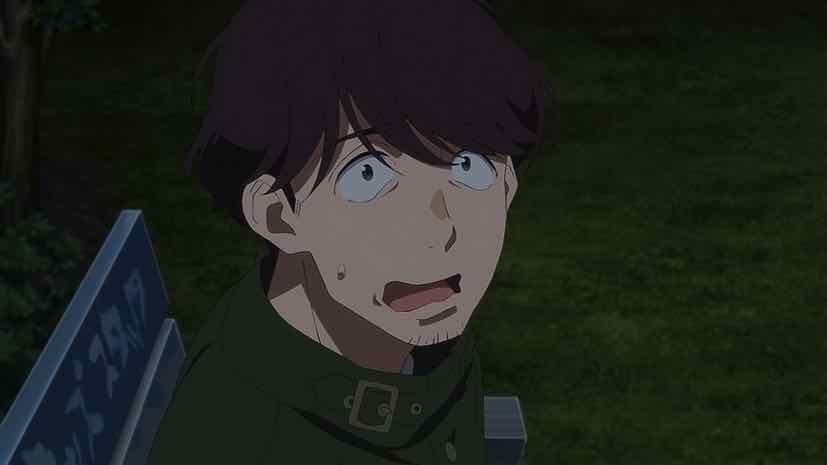 The one element with Overtake which always concerned me was the writing, because Sekine Ayumi really has nothing in her resume to suggest she’s capable of this sort of work. I believe those questions have totally been put to rest with this episode, which validates every major creative turn the series has taken so far. We were always building to this moment, and events of this magnitude require no embellishment. But the reason this is so effective is because of the characters and their individual stories. Kouya and Haruka are fantastic characters individually, but it’s with the dynamic between them that the magic really happens.
The one element with Overtake which always concerned me was the writing, because Sekine Ayumi really has nothing in her resume to suggest she’s capable of this sort of work. I believe those questions have totally been put to rest with this episode, which validates every major creative turn the series has taken so far. We were always building to this moment, and events of this magnitude require no embellishment. But the reason this is so effective is because of the characters and their individual stories. Kouya and Haruka are fantastic characters individually, but it’s with the dynamic between them that the magic really happens.
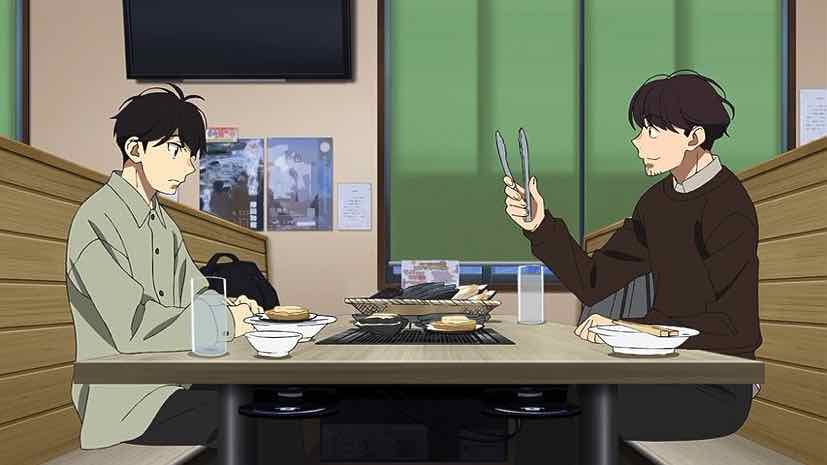 I’m not gonna lie, I really love these two guys. They’re deeply kind and vulnerable in a very realistic way, and they give each other so much through their distinct experiences in life. For Haruka to do what he did – follow Kouya to Touhoku after effectively detective work – had to touch Kouya very deeply. We’re talking about a boy with no father (no disrespect to Futoshi-san) and a man with no children, and they’ve come to depend on each other in a very profound way. Every conversation between them here was so natural (again, full credit to Sekine-san) it almost felt like eavesdropping on them.
I’m not gonna lie, I really love these two guys. They’re deeply kind and vulnerable in a very realistic way, and they give each other so much through their distinct experiences in life. For Haruka to do what he did – follow Kouya to Touhoku after effectively detective work – had to touch Kouya very deeply. We’re talking about a boy with no father (no disrespect to Futoshi-san) and a man with no children, and they’ve come to depend on each other in a very profound way. Every conversation between them here was so natural (again, full credit to Sekine-san) it almost felt like eavesdropping on them.
 Haruka just wants to help – literally. That’s all he’s here for, that’s all he cares about, and that really hits hard. It’s so pure and so straightforward. Of course so much of this is beyond his power to impact, because Kouya’s pain runs very deep. But just knowing another person cares that much can make a huge difference. Haruka’s inexperienced perspective is slowly being filled in as he learns more about what happened from Kouya. And he’s intuitive in his own right – he’s figured out that Kouya had already stopped photographing people before the firestorm over that photo ever happened.
Haruka just wants to help – literally. That’s all he’s here for, that’s all he cares about, and that really hits hard. It’s so pure and so straightforward. Of course so much of this is beyond his power to impact, because Kouya’s pain runs very deep. But just knowing another person cares that much can make a huge difference. Haruka’s inexperienced perspective is slowly being filled in as he learns more about what happened from Kouya. And he’s intuitive in his own right – he’s figured out that Kouya had already stopped photographing people before the firestorm over that photo ever happened.
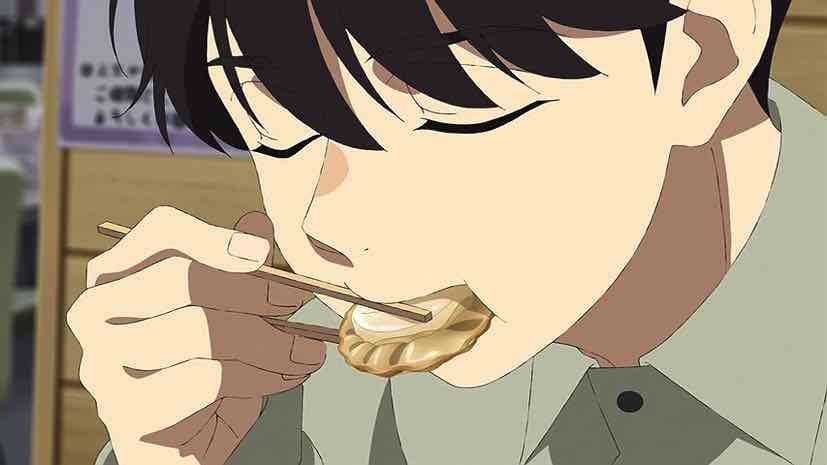 One could totally see this happening. A photographer snapping that photo in the spur of the moment, the world – including the family – unjustly blaming him for doing so. The earthquake and tsunami comes in the aftermath of Kouya spending time in Yoshima, where among the locals he’s especially bonded with an old-timer named Shouzou. The irony is that Kouya was already chronicling the demise of a small town, it’s just that it was happening in slow-motion (as it was and is all over Japan). When March 11, 2011 came, everything changed.
One could totally see this happening. A photographer snapping that photo in the spur of the moment, the world – including the family – unjustly blaming him for doing so. The earthquake and tsunami comes in the aftermath of Kouya spending time in Yoshima, where among the locals he’s especially bonded with an old-timer named Shouzou. The irony is that Kouya was already chronicling the demise of a small town, it’s just that it was happening in slow-motion (as it was and is all over Japan). When March 11, 2011 came, everything changed.
 The girl in the photo is Shouzou’s granddaughter, Momo. The circumstances of the photo itself were more or less what you’d expect. Of course Kouya did blame himself, but intellectually he knew that he was powerless to do anything else. He stayed behind to help rebuild the town, but he could no longer snap photos of individual people. The truth is quite different than what was hinted at – it wasn’t the controversy that gave Kouya the yips, it was the harrowing nature of that moment. That makes me respect him all the more, honestly – in point of fact until his dishonor caused problems for Haruka he never cared much about it at all.
The girl in the photo is Shouzou’s granddaughter, Momo. The circumstances of the photo itself were more or less what you’d expect. Of course Kouya did blame himself, but intellectually he knew that he was powerless to do anything else. He stayed behind to help rebuild the town, but he could no longer snap photos of individual people. The truth is quite different than what was hinted at – it wasn’t the controversy that gave Kouya the yips, it was the harrowing nature of that moment. That makes me respect him all the more, honestly – in point of fact until his dishonor caused problems for Haruka he never cared much about it at all.
 The conversation between Kouya and Haruka about Eddie Adams’ famous Saigon photo (which Haruka of course knows nothing of, as Mana knew nothing of what WW II was really like) was such a smart and insightful way to frame this story, and so respectful of the audience. Adams did indeed regret that photograph which made him a hero in many people’s eyes, because he realized that it didn’t tell the full tale of that moment (which is the nature of photographs, as Kouya points out). Kouya doesn’t regret the photo that made him a pariah in many people’s eyes, because it told a story he – and Shouzou – believed needed to be told. That’s deeply ironic, and incredibly brave on Kouya’s part.
The conversation between Kouya and Haruka about Eddie Adams’ famous Saigon photo (which Haruka of course knows nothing of, as Mana knew nothing of what WW II was really like) was such a smart and insightful way to frame this story, and so respectful of the audience. Adams did indeed regret that photograph which made him a hero in many people’s eyes, because he realized that it didn’t tell the full tale of that moment (which is the nature of photographs, as Kouya points out). Kouya doesn’t regret the photo that made him a pariah in many people’s eyes, because it told a story he – and Shouzou – believed needed to be told. That’s deeply ironic, and incredibly brave on Kouya’s part.
 One can completely understand the hostility Momo’s family shows towards Kouya under the circumstances, but that doesn’t change the fact that they’re completely in the wrong (as Shouzou always maintained). Kouya can’t change what happened that day – no one can – nor any of the consequences that followed. But with Haruka’s help, just by being with him, he is able to find a sort of closure. The past is forever closed to us, which is why photographs are so vital and precious. But the future is forever there to be explored – the choice is ours whether we do so or not, and in what manner.
One can completely understand the hostility Momo’s family shows towards Kouya under the circumstances, but that doesn’t change the fact that they’re completely in the wrong (as Shouzou always maintained). Kouya can’t change what happened that day – no one can – nor any of the consequences that followed. But with Haruka’s help, just by being with him, he is able to find a sort of closure. The past is forever closed to us, which is why photographs are so vital and precious. But the future is forever there to be explored – the choice is ours whether we do so or not, and in what manner.


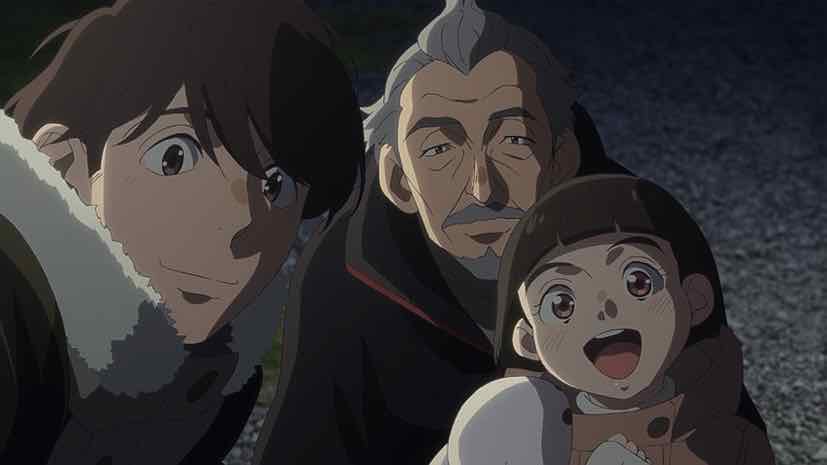
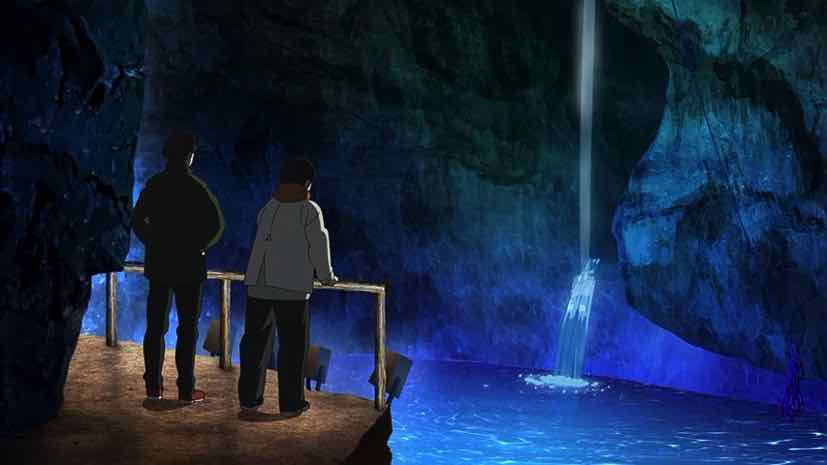
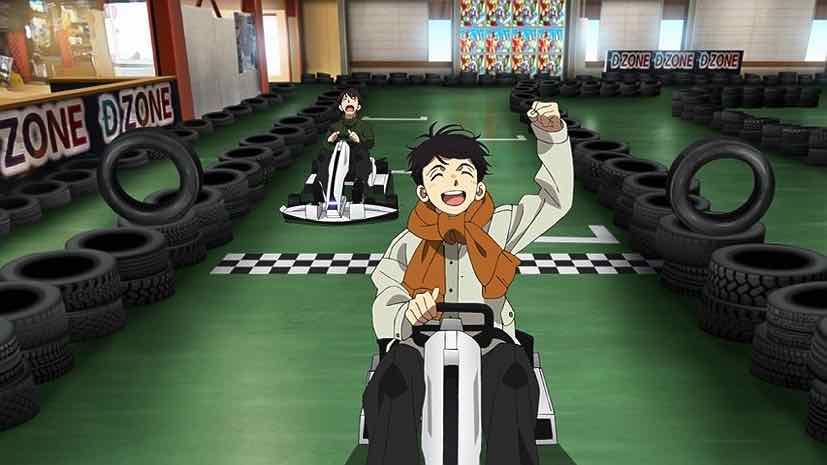

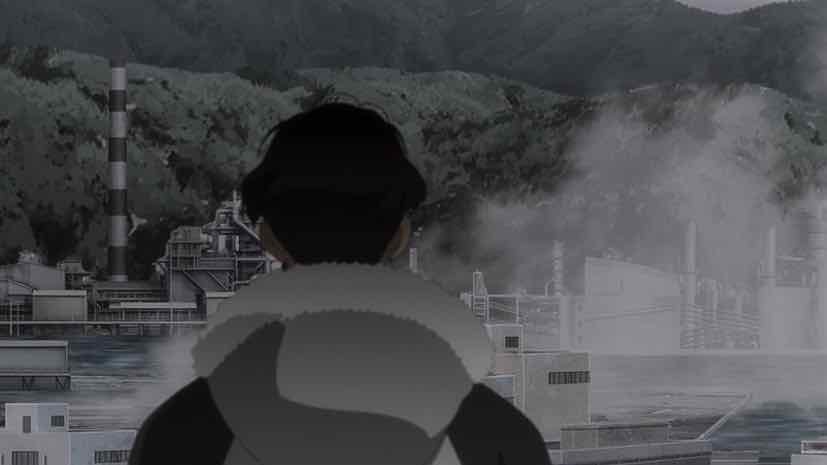
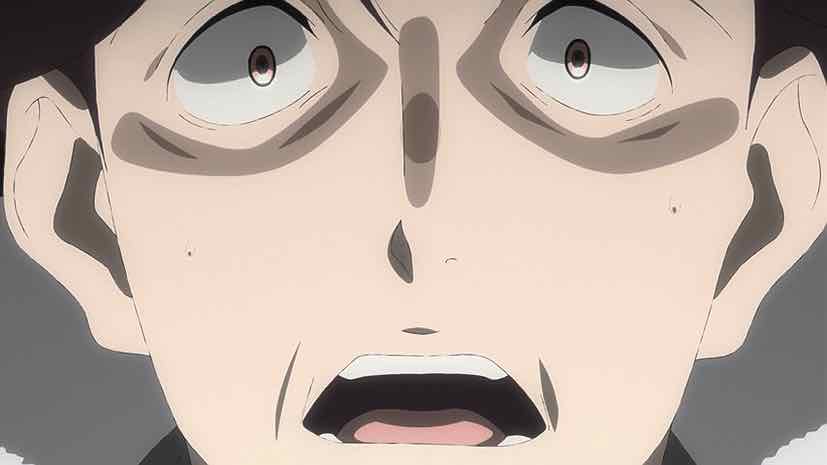

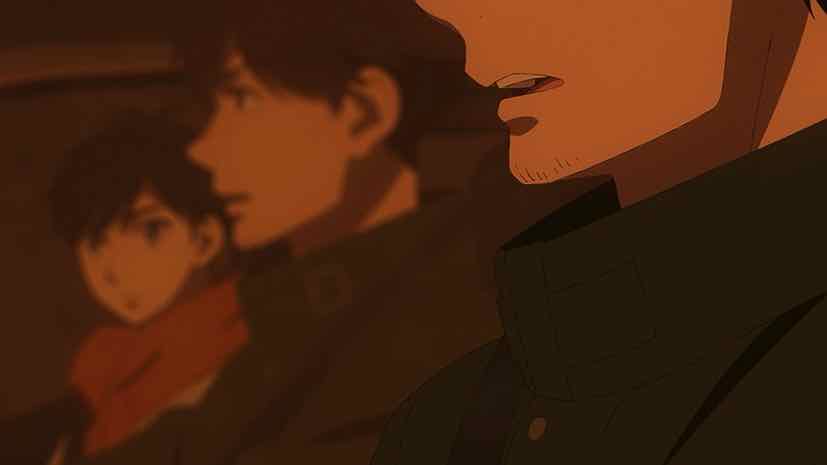

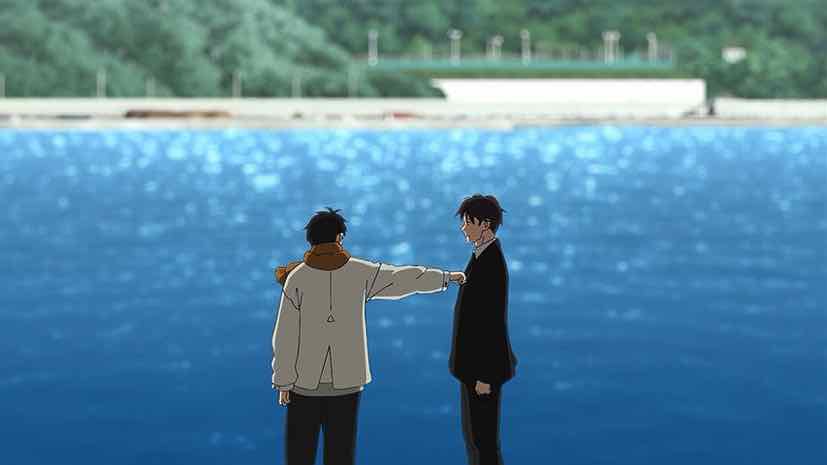
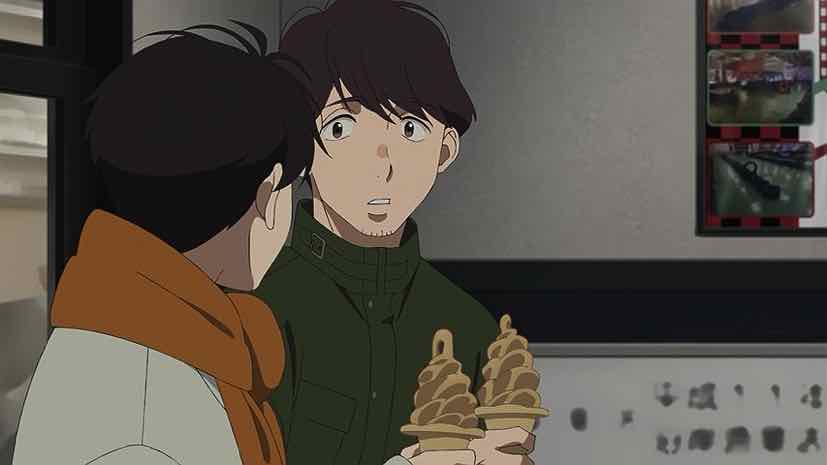
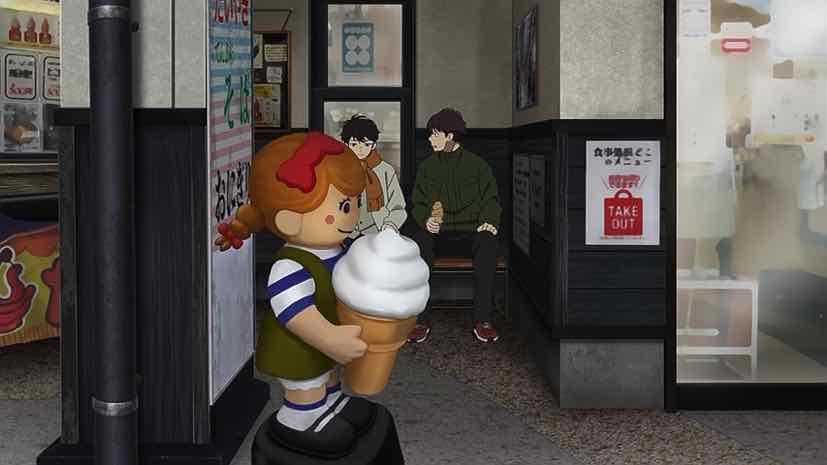

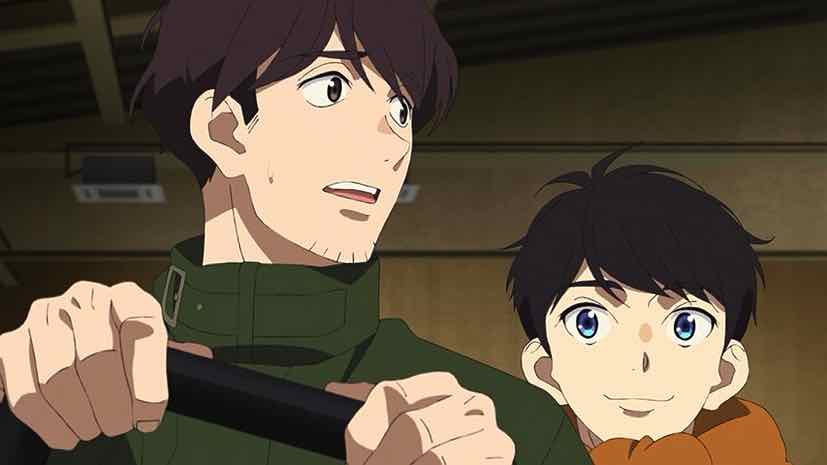
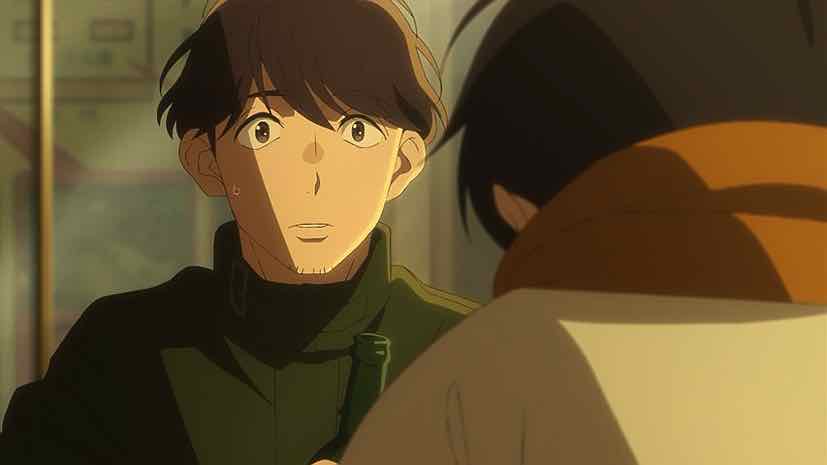
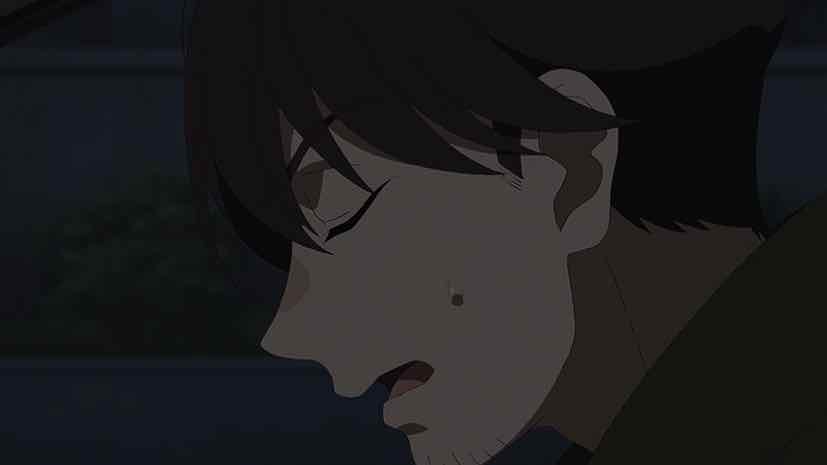
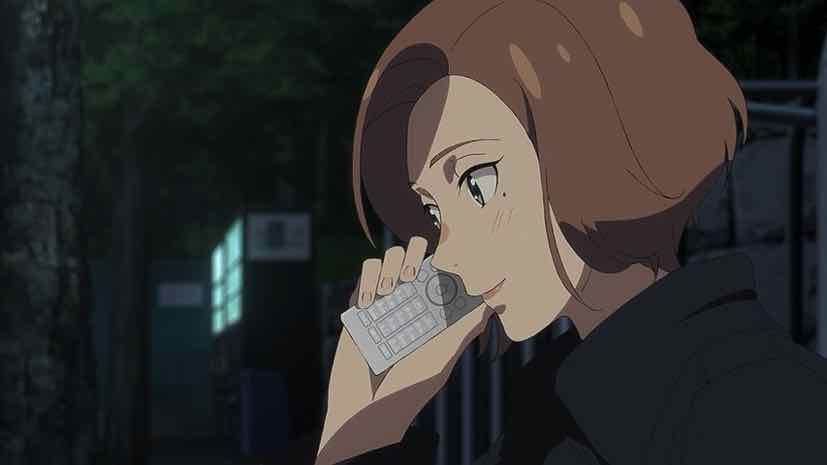
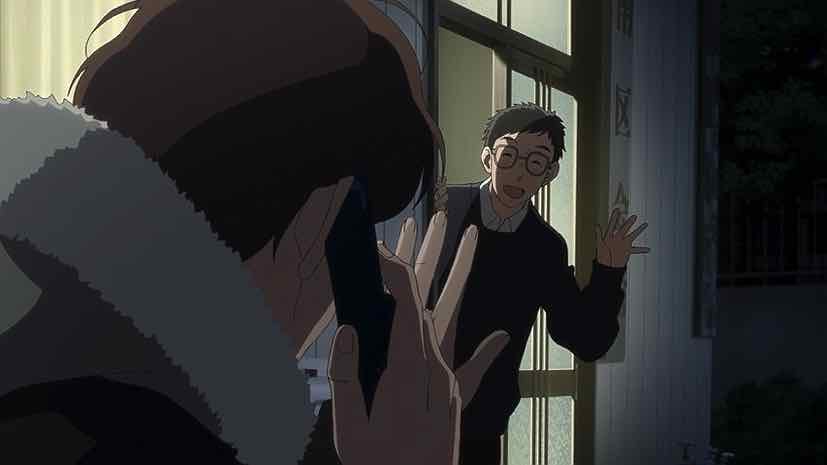
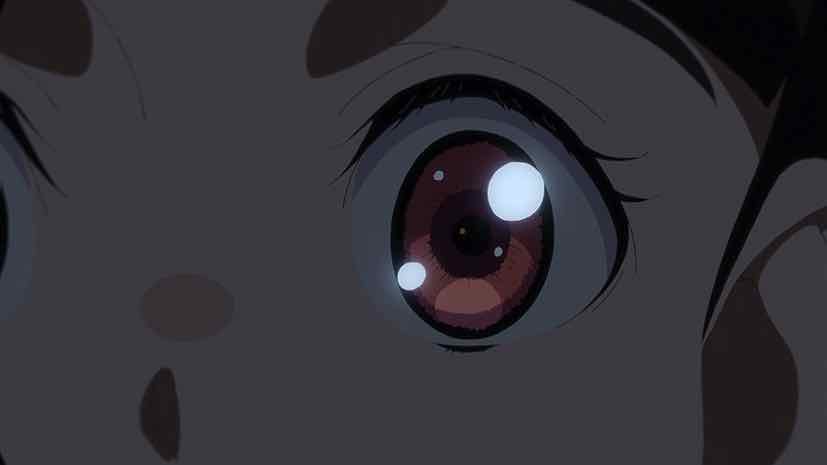
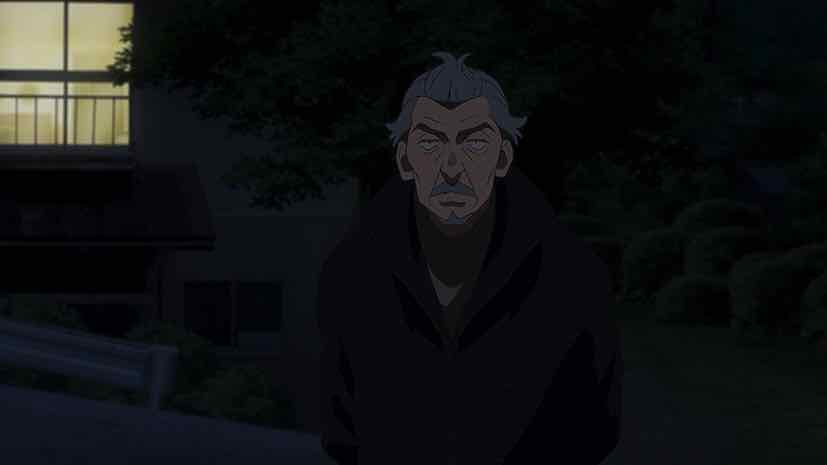
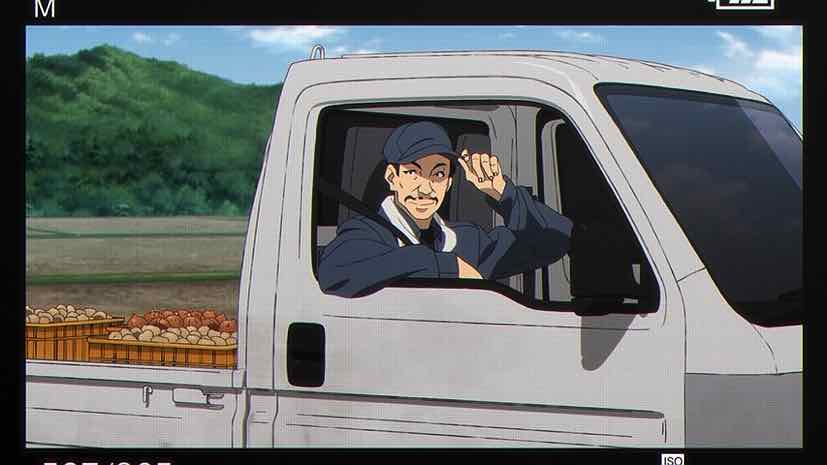
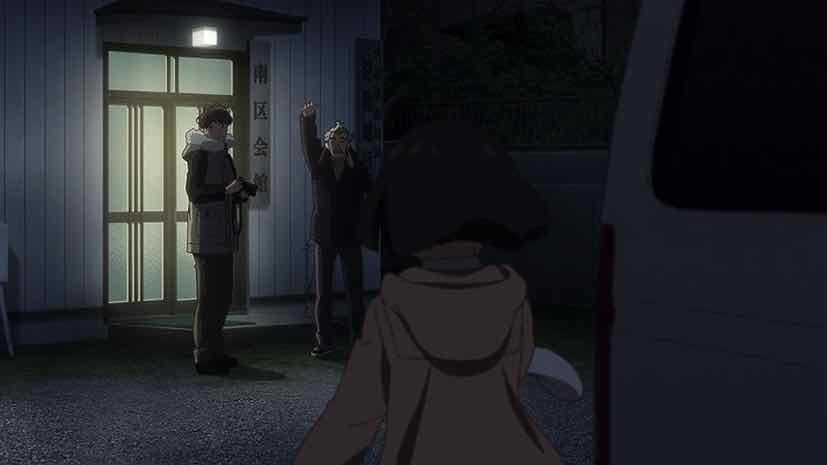

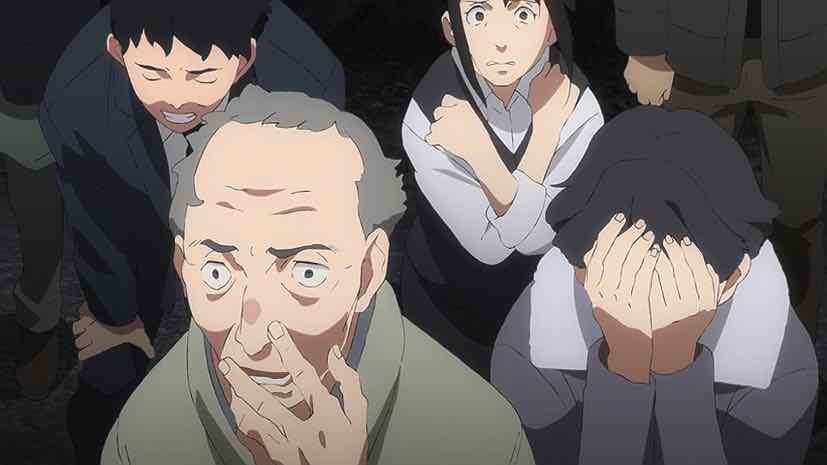

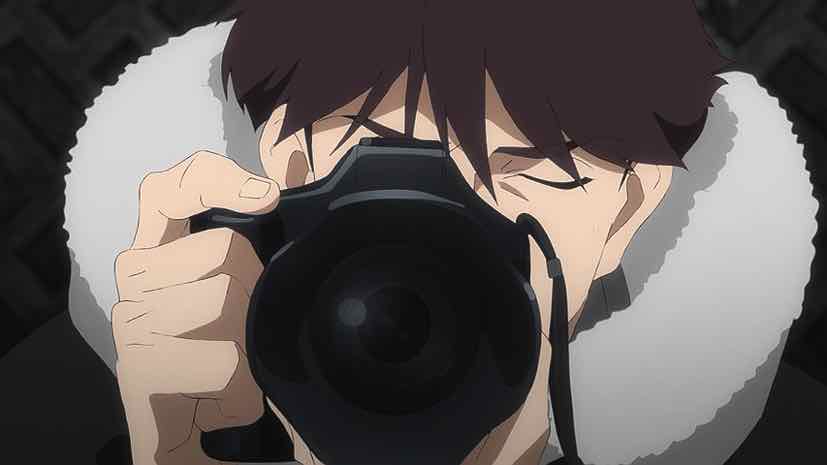
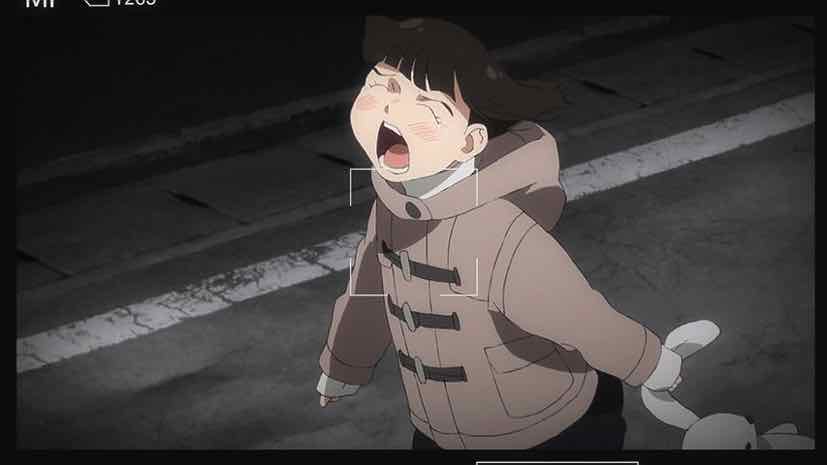
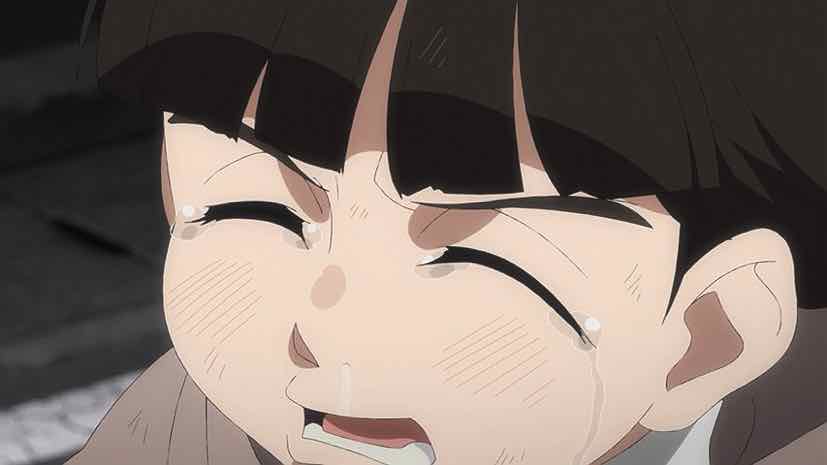

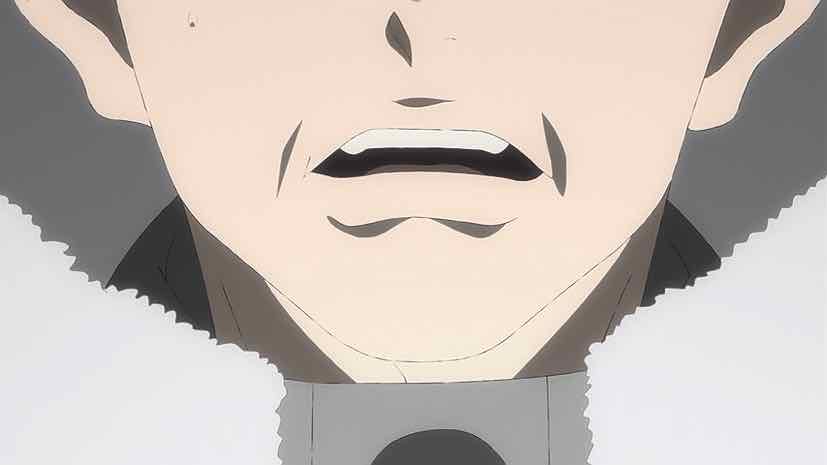

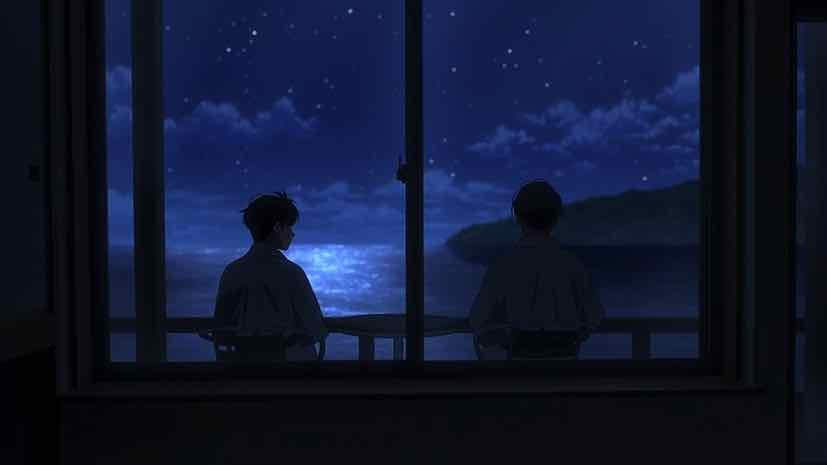
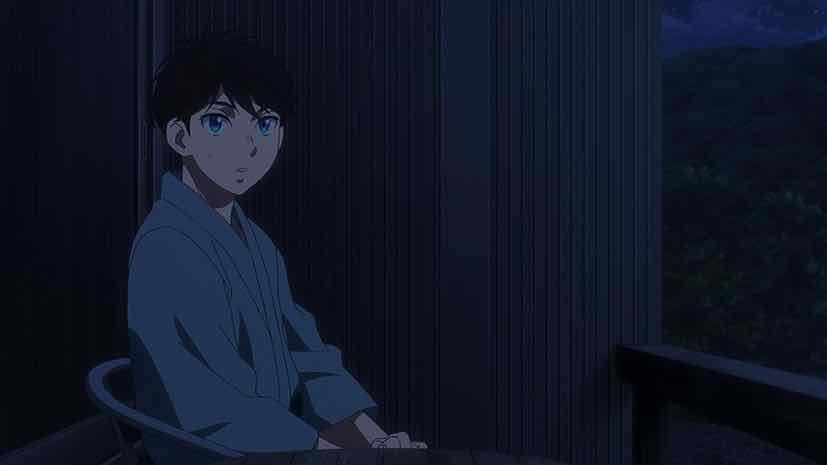

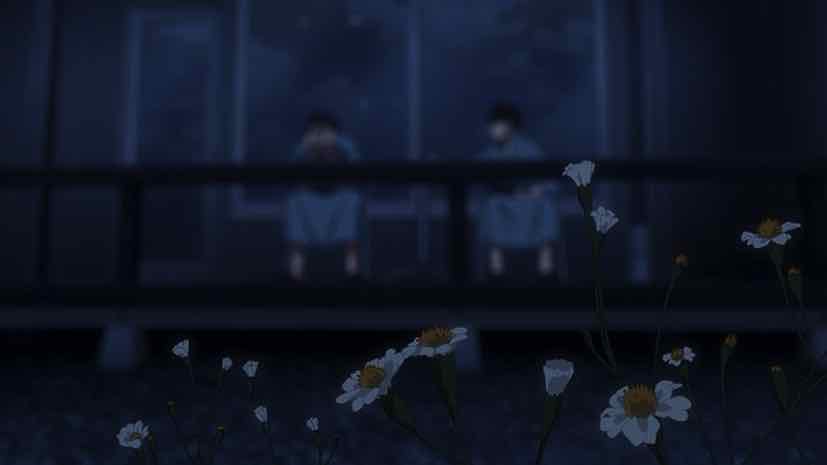


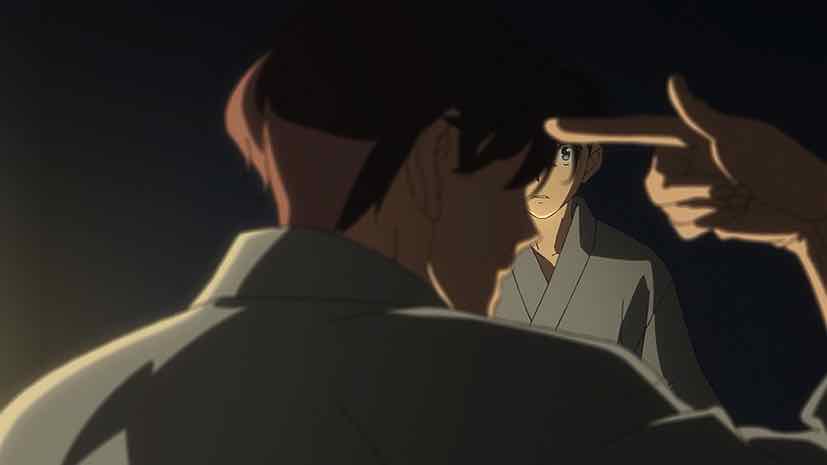

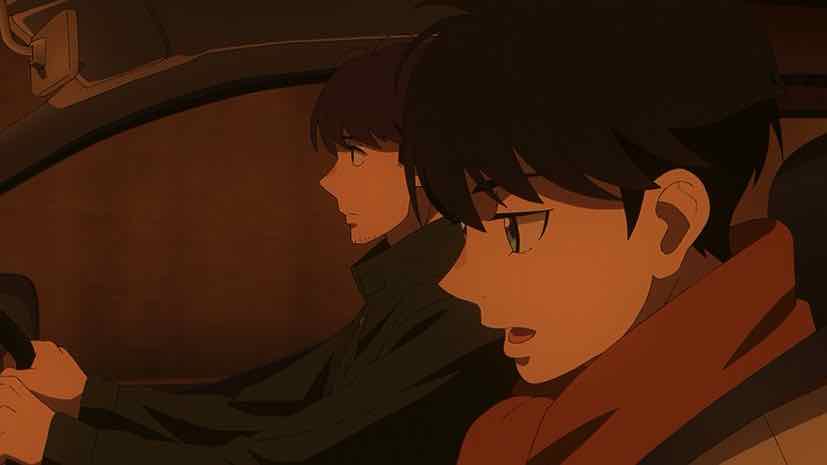

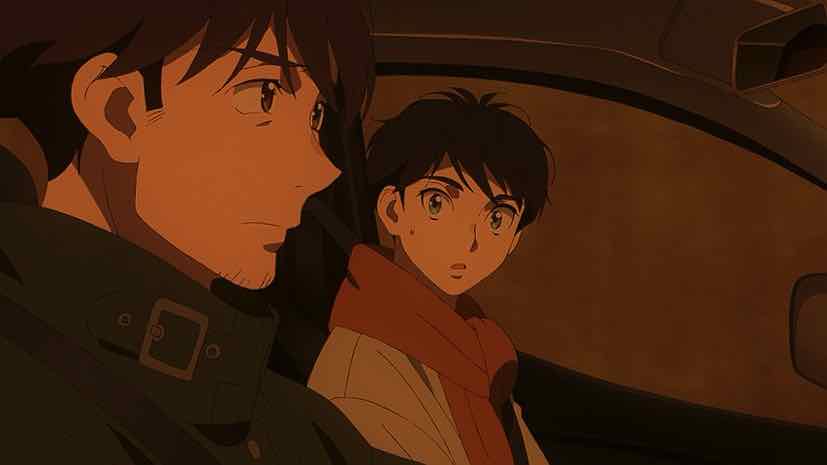

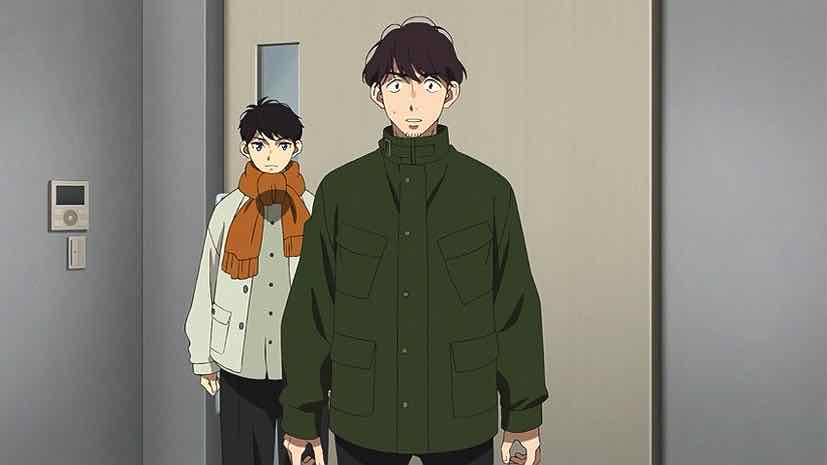
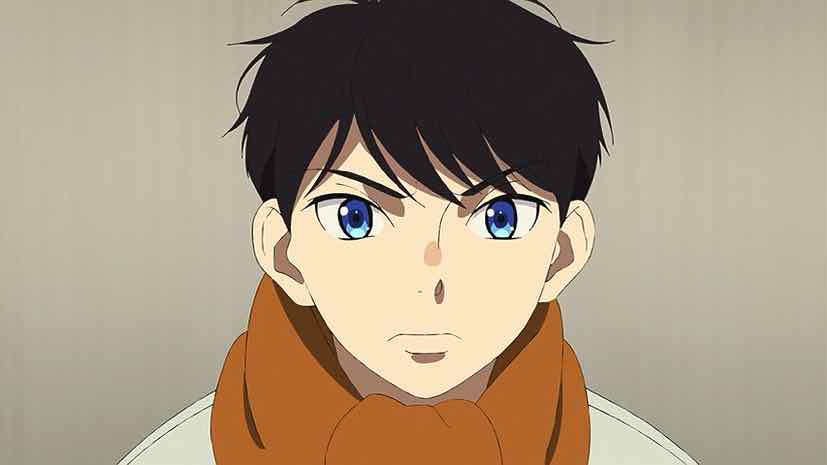

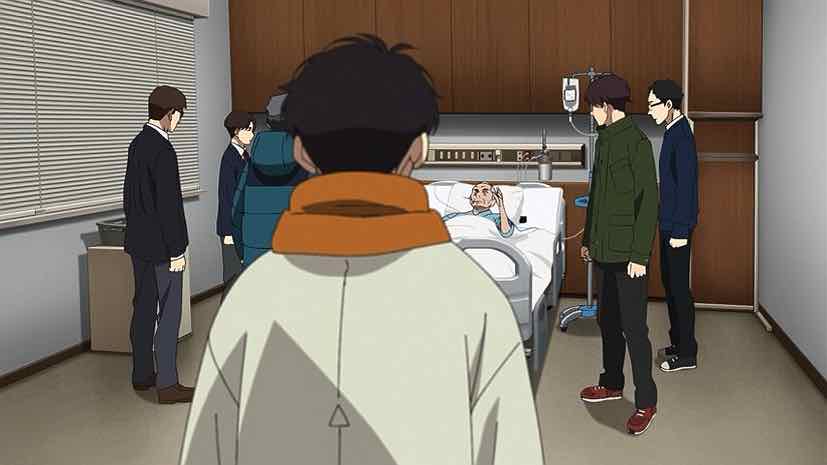
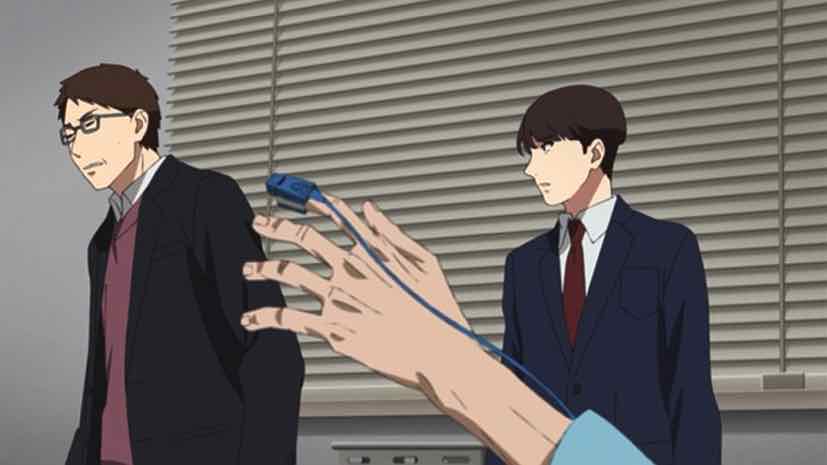
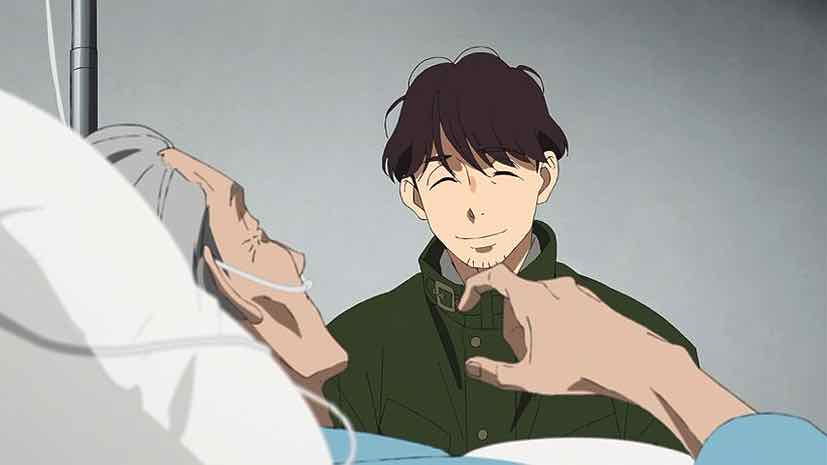

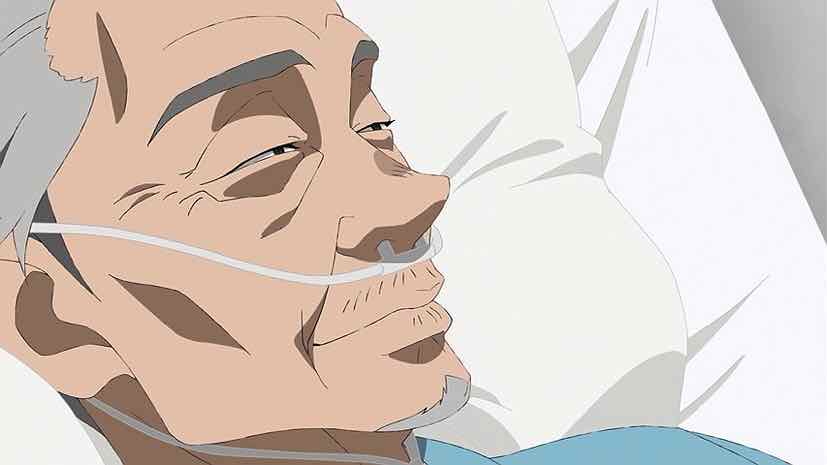

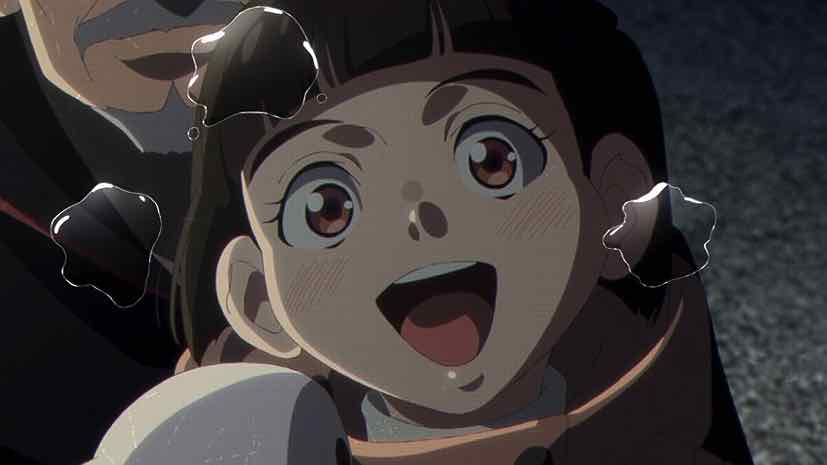

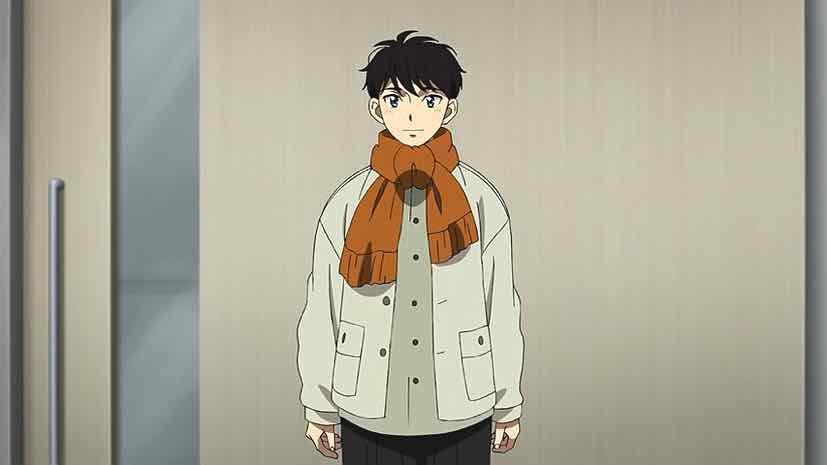
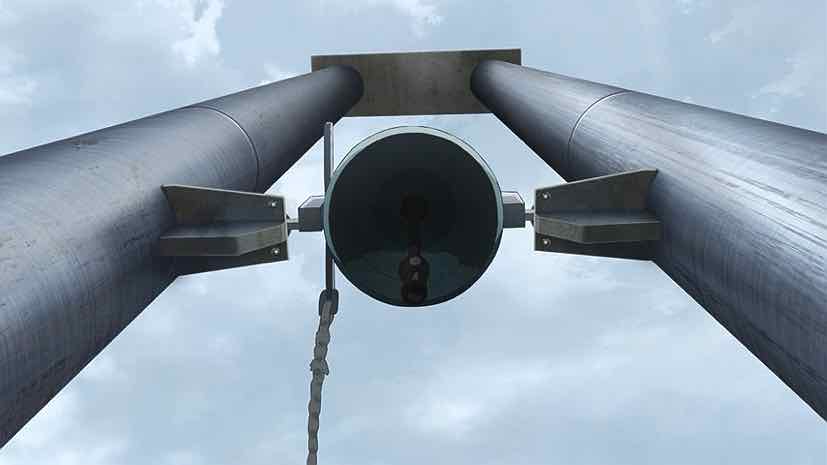


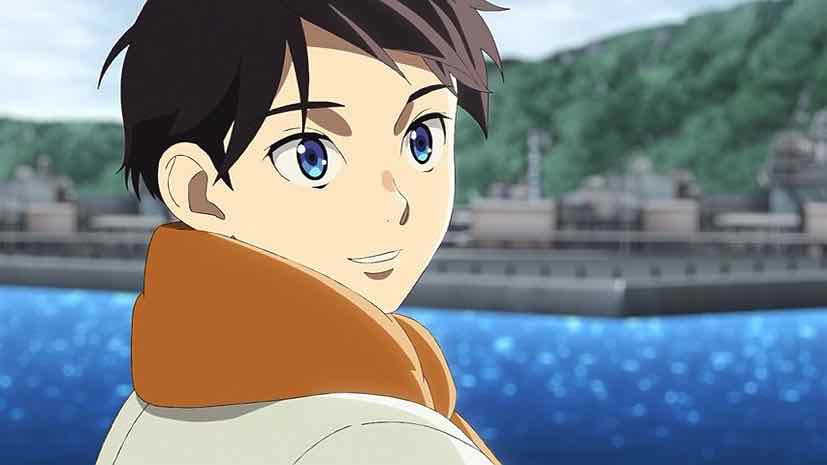

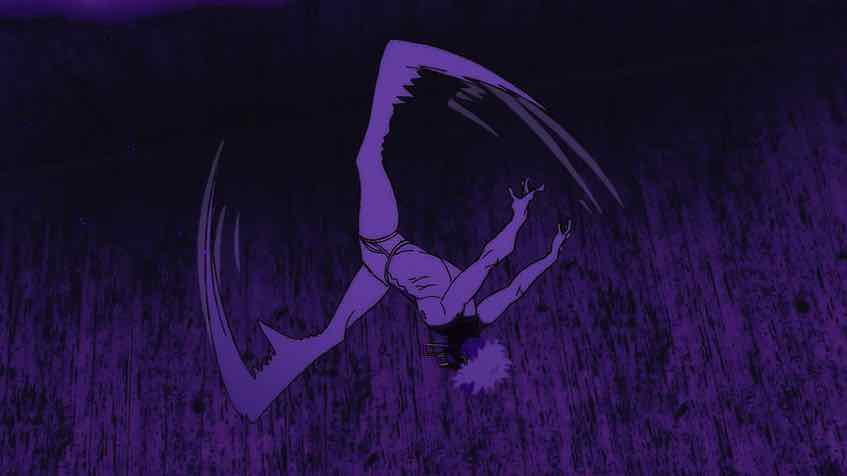
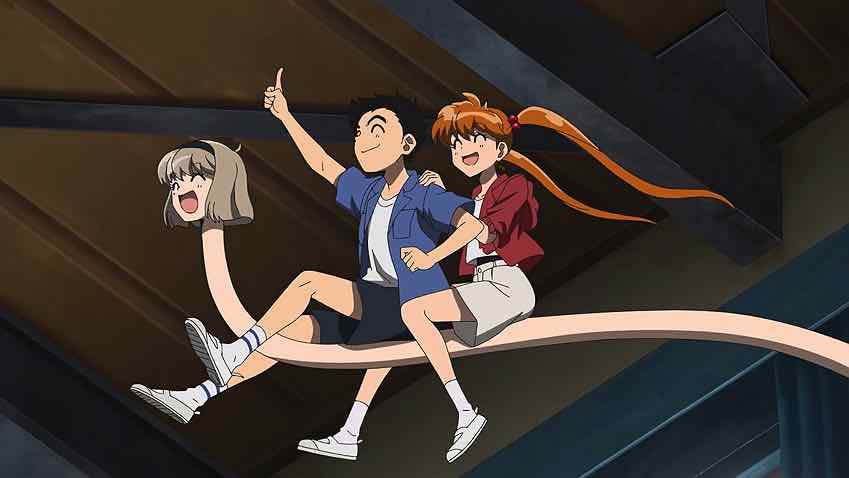
Joshua
November 27, 2023 at 10:41 pmSurprisingly, that same guy that I told you about last week who was about to drop this show due to his concerns with Kouya thankfully chose to reconsider after seeing this episode, because it addressed all of the problems that he had with his character. Good for him. Now that Kouya’s arc closed off in such an impactful manner, we can get back to some top-tier animated racing for the remainder of this show to cap off Haru, Toshiki and Satsuki’s arcs. Next episode is going to be about Haruka turning down Belsorriso’s offer and racing for Komaki Motors again.
And well, I told you at the start of the series about how Ayumi Sekine, despite working on an idol series (animated by Troyca and supervised by Ei Aoki no less) aimed at fujos called Idolish7, was able to mine genuine drama and prose from what seemed to be the male version of Love Live on the surface. It’s probably one of the best idol shows out there oddly enough, was lucrative enough to help Troyca keep the lights on, and also turned out to be the perfect training ground for Sekine as a writer before she could show what she was capable of on an original show. And boy she did deliver here.
Snowball
November 28, 2023 at 3:24 amI think it’s no coincidence that Eddie Adam’s photo would be mentioned here. I, myself, was thinking of the other famous photo of the Vietnamese War with the naked girl running for her life a few episodes back. This is a heavy topic and I thought this episode depicted Kyouya’s healing process, with Haruka’s gentle and respectful support, as really authentic.
MisaoFan
November 28, 2023 at 6:07 amFellow casual follower of this blog here, in my own defense, I’ve read that Idolish 7 which had Ayumi Sekine as the scriptwriter was considered to be one of the finest, most well-though out titles in the idol genre in terms of story and characterization, and probably the best work she made as a series script supervisor until this.
Guardian Enzo
November 28, 2023 at 8:32 amYeah, apparently that one has quite a few admirers. I confess I’ve never watched a frame of it.
jaxovo
November 28, 2023 at 10:16 amI came here exactly to say this, so I’m glad it was already said.
Cloudedmind
December 1, 2023 at 11:31 amOh wow, I’m really going to have to keep an eye on her then if that’s the case. I do watch Idolish 7 and I would agree that it’s one of the better idol shows, especially among the male idol shows. It still has some idol tropes/clichés, and can be heavy on the drama, but it has pretty good characterization and story progression. I’ve legitimately thought each season has gotten better with only some minor gripes.
Nicc
November 28, 2023 at 8:49 amNow, that was indeed a great episode and I wouldn’t even miss the racing with the character drama this good. Well, maybe a little. Thanks to the business card that Haruka found, he manages to track down Kouya. Kouya is in this city to take care of some unfinished business before he feels he can head back. It takes him a while to tell Haruka exactly that is. In the meantime, Haruka is willing stay with Kouya until then. It’s quite the bond that the two of them have developed in a short time.
Kouya takes this opportunity to show the area around to Haruka and then it became a travel episode for a while. Kouya takes Haruka to various sights, sounds and, of course, the local eats. I’ve had shellfish on the grill before and it’s great. As you said, Haruka already figured out that Kouya stopped taking photos of people right after that one and before they were published.
We learn who the girl in the photo is and of her grandfather. Kouya is an acquaintance of that man, Shouzou. Kouya being called as a “camera man” instead of a “photographer” remains a running gag. Shouzou appreciates the photos that he has taken and requests one more with all three of them. Then, the Tōhoku earthquake occurs. I remember watching it unfold on live TV back then. I can’t remember where I was browsing on the Internet, but I heard that Japan was hit with a huge quake. I flipped the TV channel to CNN and started watching. I can’t remember the next part on how I got to watching the NHK feed (I probably changed it to that channel), but then I watched the tsunami slowly descend on Sendai and swallow everything up. I couldn’t get over how this was live footage and not from a disaster movie.
There was nothing Kouya could do to help Momo without becoming a casualty himself. He stayed in the town to help out until Saeko found him later. It was the moment of the photo and not the aftermath that caused his trauma. Kouya is indeed correct the nature of photography in that it captures the moment when we press that shutter. Knowing that Shouzou’s time is running out, Kouya visits him one more time. He never thought that the photo was wrong and he wants Kouya to remember a different one (iPhone 4. Good choice, old man). Kouya finds his closure and is ready to head back. I wonder how Kouya is going to react when he learns that Haruka is driving for Belsorriso right now.
Raikou
November 28, 2023 at 10:24 amIt just keeps getting better.
I need to be keeping up with Sekine Ayumi works, if she can make an original anime like this.